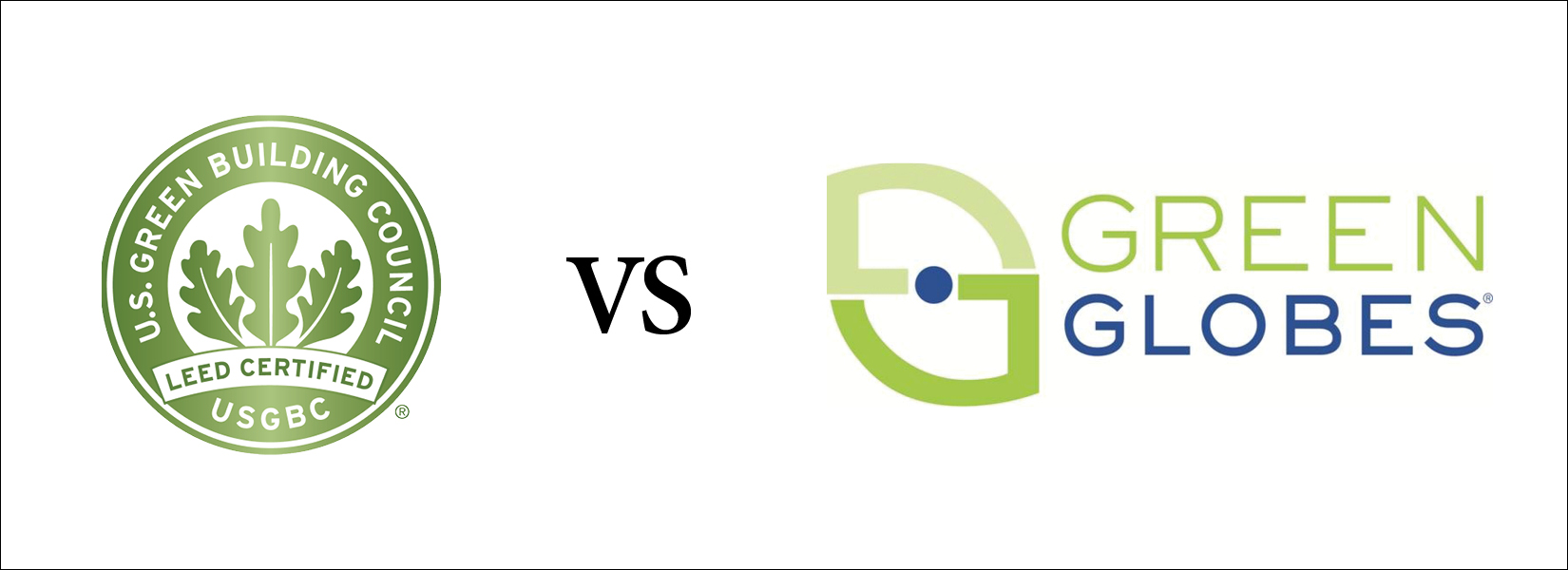For many companies, obtaining LEED (Leadership in Energy and Environmental Design) certification is often too costly, and the documentation process too cumbersome, to warrant the effort. While not as well recognized, Green Globes is gaining traction as a less-expensive and more user-friendly alternative to LEED certification. Established in the U.S. in 2004, Green Globes is administered by the Green Building Initiative (GBI).
According to the Associated Press (AP), several states have recently banned LEED requirements from public contracts, bringing more attention to Green Globes. The AP says that the U.S. General Services Administration recommended that Green Globes be used alongside LEED for new construction and renovation projects, with projects achieving dual certification.
LEED categories include Certified, Silver, Gold, and Platinum. Similar to LEED, Green Globes relies on a point system and offers certification for buildings that achieve 35 percent or more of the 1,000 points possible. Rating classifications are:
- Four Globes: 85 to 100 percent of required points demonstrates national leadership and excellence in energy, water, and environmental efficiency to reduce environmental impacts
- Three Globes: 70 to 84 percent demonstrates leadership in applying best practices regarding energy, water, and environmental efficiency
- Two Globes: 55 to 69 percent demonstrates excellent progress in the reduction of environmental impacts and use of environmental efficiency practices
- One Globe: 35 to 54 percent demonstrates a commitment to environmental efficiency practices
Both LEED and Green Globes were derived from a global environmental assessment method called BREEAM (Building Research Establishment Environmental Access Method). The systems are similar in that they each emphasize goals such as energy, water and resource efficiency, site ecology, indoor air quality, and pollution. The primary differences between the programs are in process and content.
Key differences include:
- Materials: Green Globes is less stringent when it comes to the types of materials permitted such as plastics, chemicals and timber. For example, it allows four types of wood certifications, while LEED only gives credit for wood products certified by the Forest Stewardship Council.
- Process: LEED involves a fairly intensive process, while Green Globes is user-friendly and fully web-based.
- Brand recognition: LEED has strong brand recognition and is often perceived as a marketing advantage for many companies. Green Globes has a much smaller market share and is not as well known within the industry.
- Assessment: Green Globes provides on-site, third-party assessors to review a project’s progress, while the LEED review process is all done remotely, making it difficult to personally interact with reviewers.
- Emphasis: Green Globes awards more points for energy use, while LEED allocates more points for materials selection.
- Cost: LEED fees are based on the project’s square footage, while Green Globes charges a flat fee regardless of the size of the project. LEED’s rigorous process and investment to educate contractors can cost up to double that of Green Globes certification.



